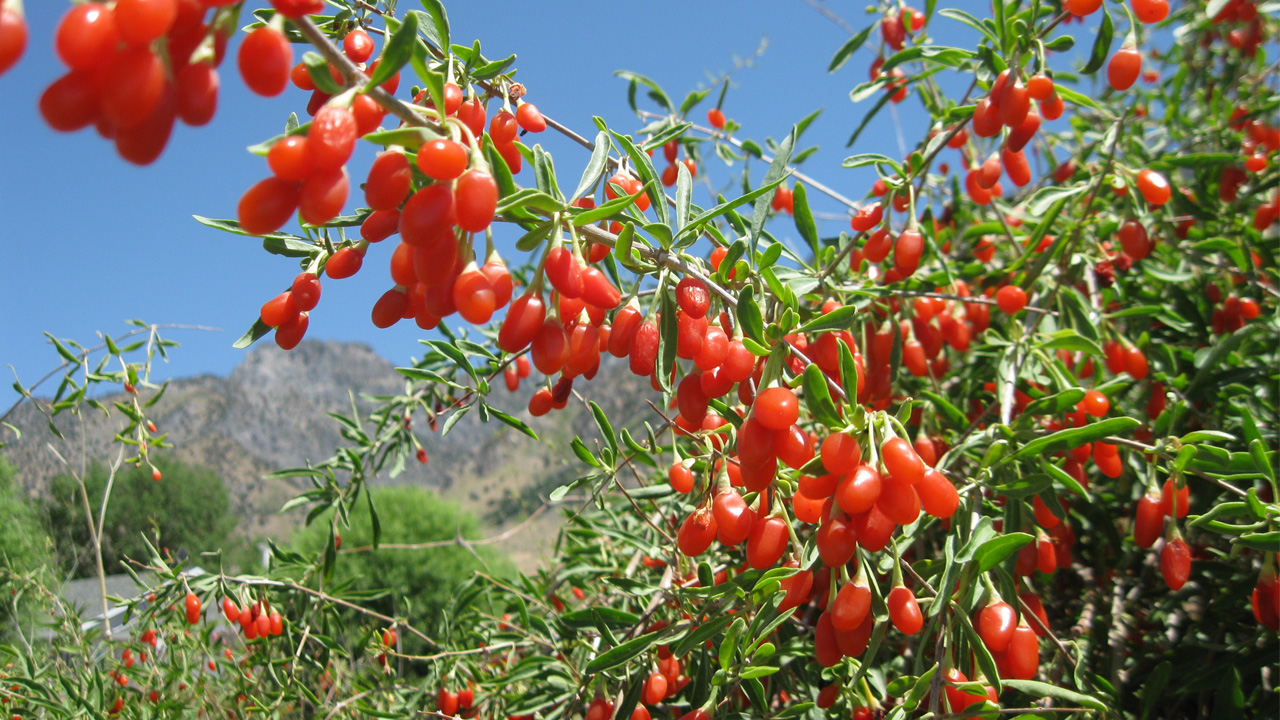How To Grow And Care For A Wolfberry Plant
Hey there plant lovers! Have you been searching for the perfect plant to add to your collection? Well, look no further than the Wolfberry (Symphoricarpos occidentalis)! This beautiful plant, native to North America, is a must-have for anyone looking to add some natural beauty to their home or garden.
Plant Attributes
The Wolfberry is a deciduous shrub that typically grows to be about 3-6 feet tall and 6-8 feet wide. It is known for its beautiful pink flowers that bloom in the spring and its striking purple fruit that ripens in the fall. The fruit is edible and is often used in jams and jellies. In addition, the Wolfberry is drought tolerant and can thrive in a variety of soil types, which makes it an excellent choice for any garden.
Plant Care
The Wolfberry requires minimal care and is a great plant for beginners. It can be planted in full sun or partial shade and should be watered regularly until it becomes established. Once established, the plant is drought tolerant and should be watered only during extended dry periods. In addition, it is recommended to fertilize the plant once a year in the spring.
Pruning
Pruning is not necessary for the Wolfberry, but it can be helpful in controlling the size and shape of the plant. If pruning is desired, it should be done in late winter or early spring before new growth begins.
Propagation
The Wolfberry can be propagated from seed, stem cuttings, or suckers. To propagate from seed, simply harvest the fruit in the fall and remove the seeds. Sow the seeds in the spring either indoors or outdoors. To propagate from stem cuttings, take a cutting in the spring or summer and place it in moist soil. To propagate from suckers, simply remove the sucker from the parent plant and plant it in soil.
Potting & Repotting
The Wolfberry can be grown in a container, but it requires a large pot to accommodate its root system. It is recommended to use a pot with drainage holes and to fill it with a well-drained potting mix. The plant should be repotted every 2-3 years or when the root system has outgrown the pot.
Common Pests & Plant Disease
The Wolfberry is generally a pest and disease free plant. However, it can be susceptible to powdery mildew if it is grown in a humid or poorly ventilated area. To prevent powdery mildew, ensure that the plant is grown in a well-ventilated area and that it is not overcrowded.
Common Problems
The most common problem with the Wolfberry is overwatering. To prevent overwatering, ensure that the soil is well-drained and that the plant is not watered excessively. In addition, if the plant is grown in an area with heavy soil, it may be necessary to amend the soil with sand or perlite to improve drainage.
In conclusion, the Wolfberry is an excellent choice for anyone looking for a low maintenance, attractive plant. With its beautiful pink flowers and edible fruit, it is sure to be a favorite in any garden. So, what are you waiting for? Go out and get your own Wolfberry today!

Post a Comment for "How To Grow And Care For A Wolfberry Plant"